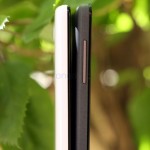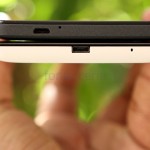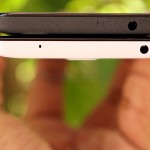
Even though solid hardware is important for a smartphone, software with regular software updates and competitive pricing are important for the success of a smartphone. Micromax intelligently roped in Cyanogen Inc. for its first YU branded device and launched the YU YUREKA budget smartphone last month running Cyanogen OS at Rs. 8,999. Xiaomi Redmi Note 4G went on sale in India last month for Rs. 9,999. Both the smartphones are competitively priced and come with 4G connectivity. You might have already seen the photo gallery comparing the YU YUREKA and the Xiaomi Redmi Note. The Redmi Note 4G has the same design, but the internals are slightly different. We decided to compare these smartphones.
httpv://www.youtube.com/watch?v=5RJeAd0Kox0
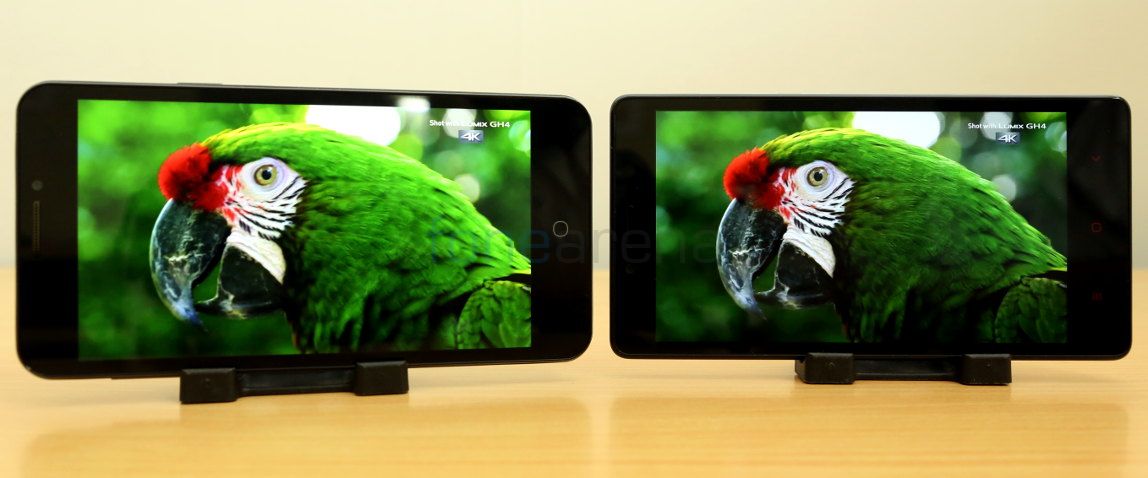
Let’s start with the display. Both these smartphones have 5.5-inch (1280 x 720 pixels) IPS display with a pixel density of about 267ppi. The viewing angles, brightness, contrast, sharpness and color reproduction are better in the YU YUREKA. Since the Redmi Note 4G’s screen is reflective, sunlight legibility is not the best. As you can see, the contrast is better in the YUREKA, compared to Redmi Note 4G in which the contrast and colors are muted. Both these smartphones have Corning Gorilla Glass 3 protection.
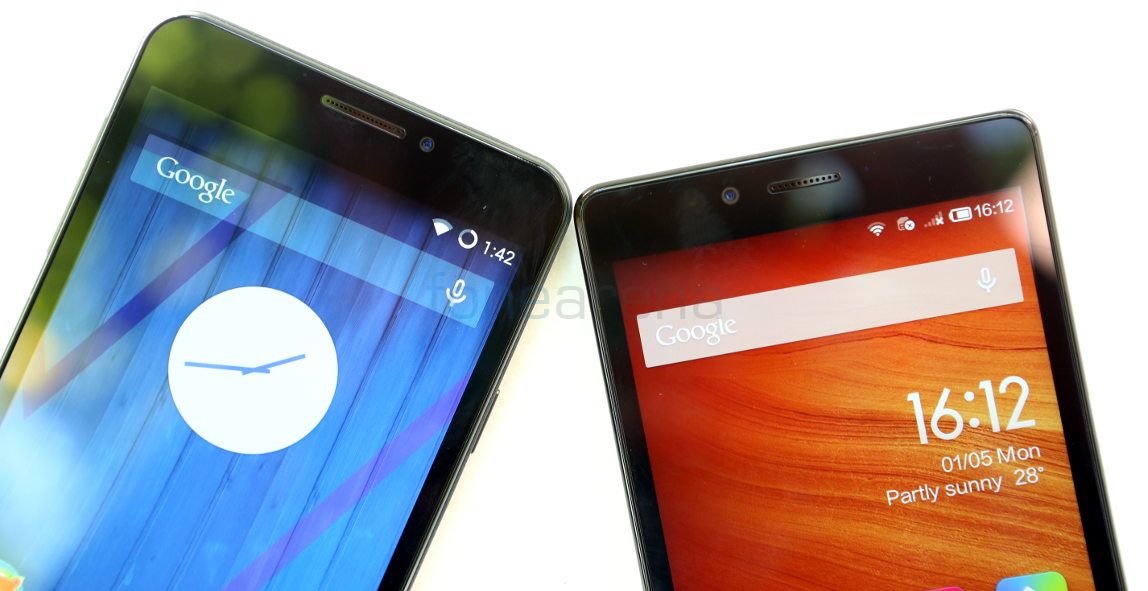
Both the smartphones have a 5-megapixel fixed-focus front-facing camera, proximity and ambient light sensors on the front, above the display.
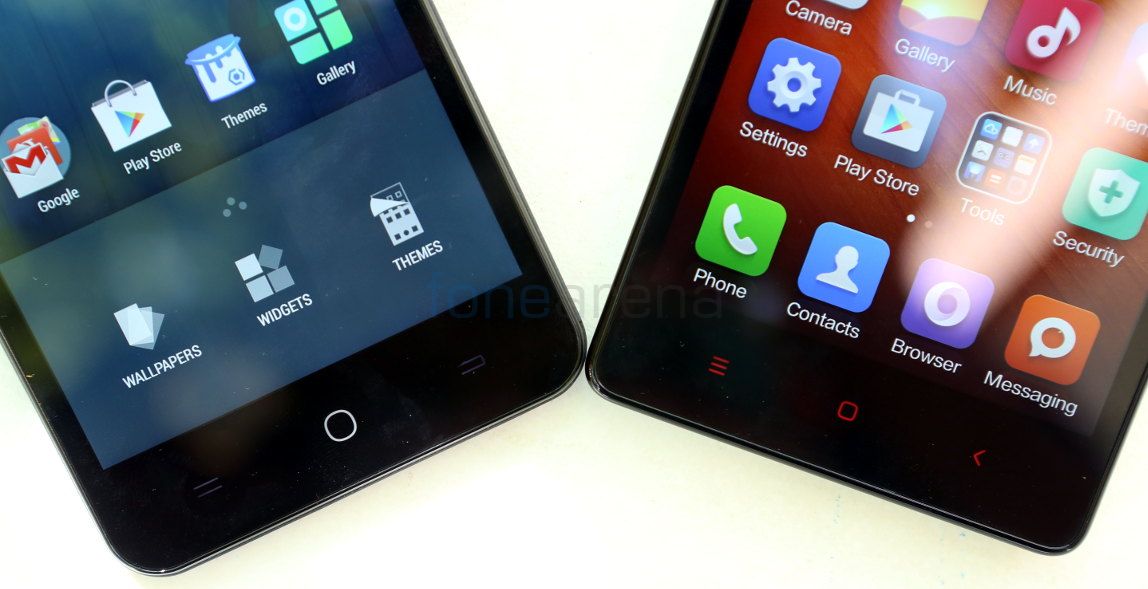
Both the phones have capacitive touch buttons below the display. The touch buttons on the Yureka is illuminated and the home button is colored, while the buttons on the Redmi Note 4G are just colored. Height and width of both the smartphones are almost similar.
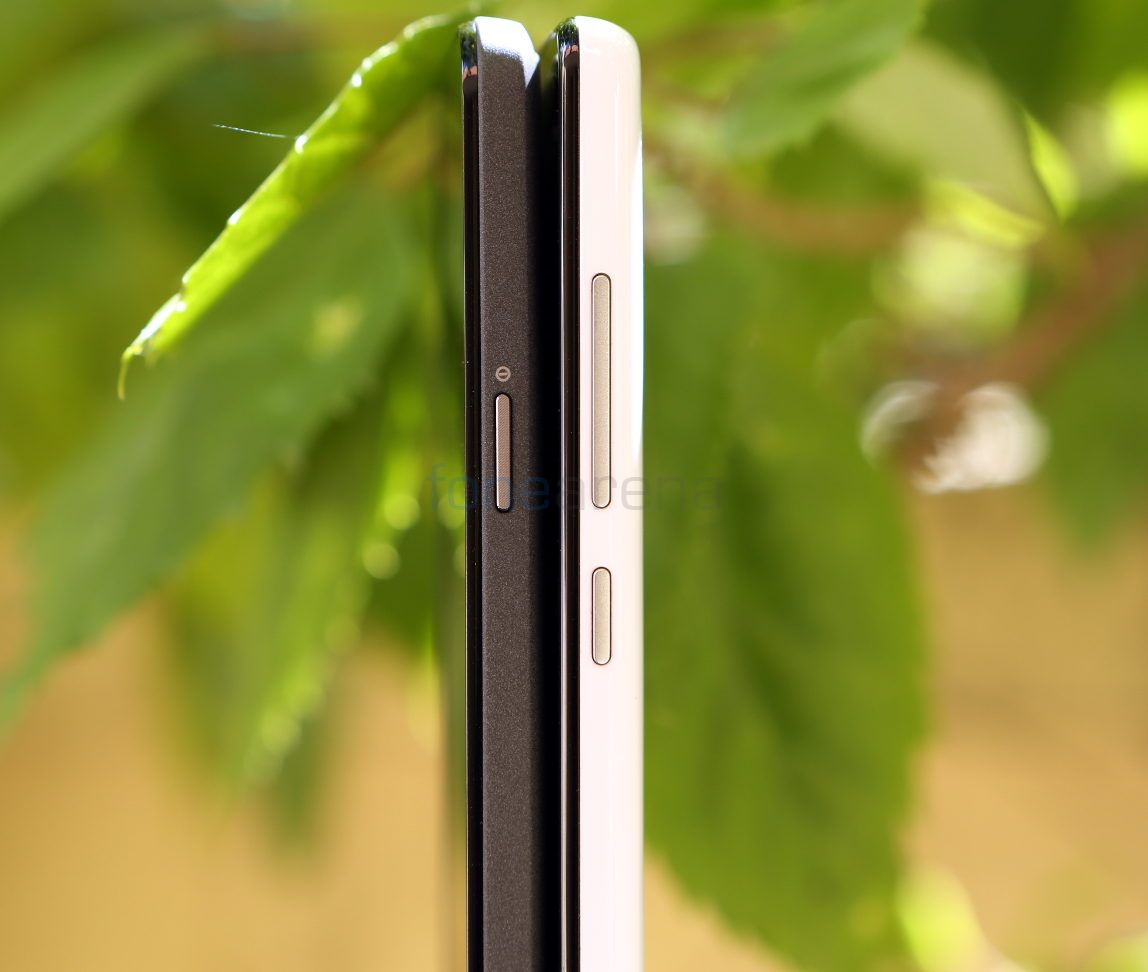
The Yureka’s back cover has matte finish that extends to the sides, whereas the Redmi Note 4G’s shiny back cover extends to the side of the smartphone. The Yureka is 8.8mm thick, whereas the Redmi Note 4G is slightly thicker at 9.45mm. Only the power button is present on the right side of the Yureka, while both the power button and the volume rockers are present on that side of the Redmi Note. These hardware buttons on both the smartphones have chrome finish. All the slot placements are similar in both the smartphones.
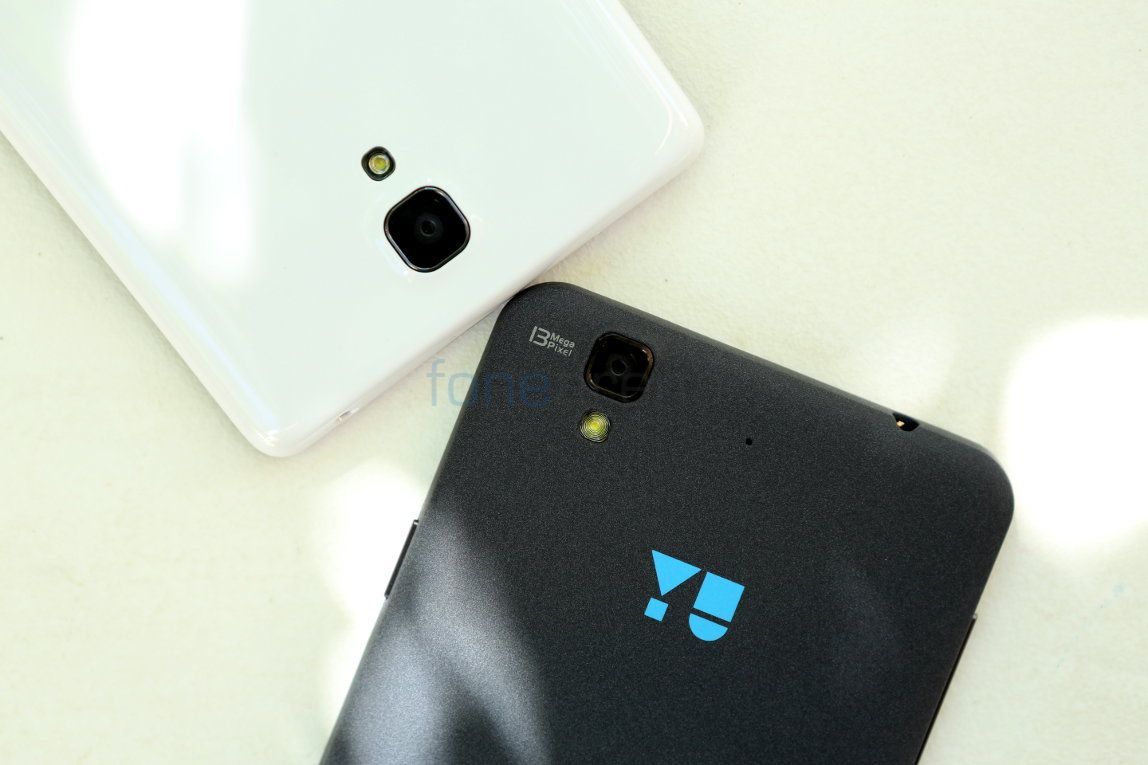
Coming to the camera, both the smartphones have a 13-megapixel rear camera with single LED flash. The Yureka has a Sony Exmor RS IMX135 sensor and 5P lenses. The Redmi Note 4G comes with a Samsung sensor. Both the smartphones can record videos at 1080p resolution at 30fps. The Yureka can also record slow motion 720p video at 60fps.
Comparing the image quality in all the aspects, the Yu Yureka captures better photos overall with more details in shadows. Low light images had a lot of noise, but images with flash doesn’t look washed out. The Redmi Note 4G had weird vignetting and the images are not properly focused. Low light photos are softer but devoid of noise and images with flash are washed out. Yu has much better output compared to the Mi, in all conditions. Check out some comparison images (Click the images to view the full resolution sample). The first one is Yureka and second is Redmi Note 4G.
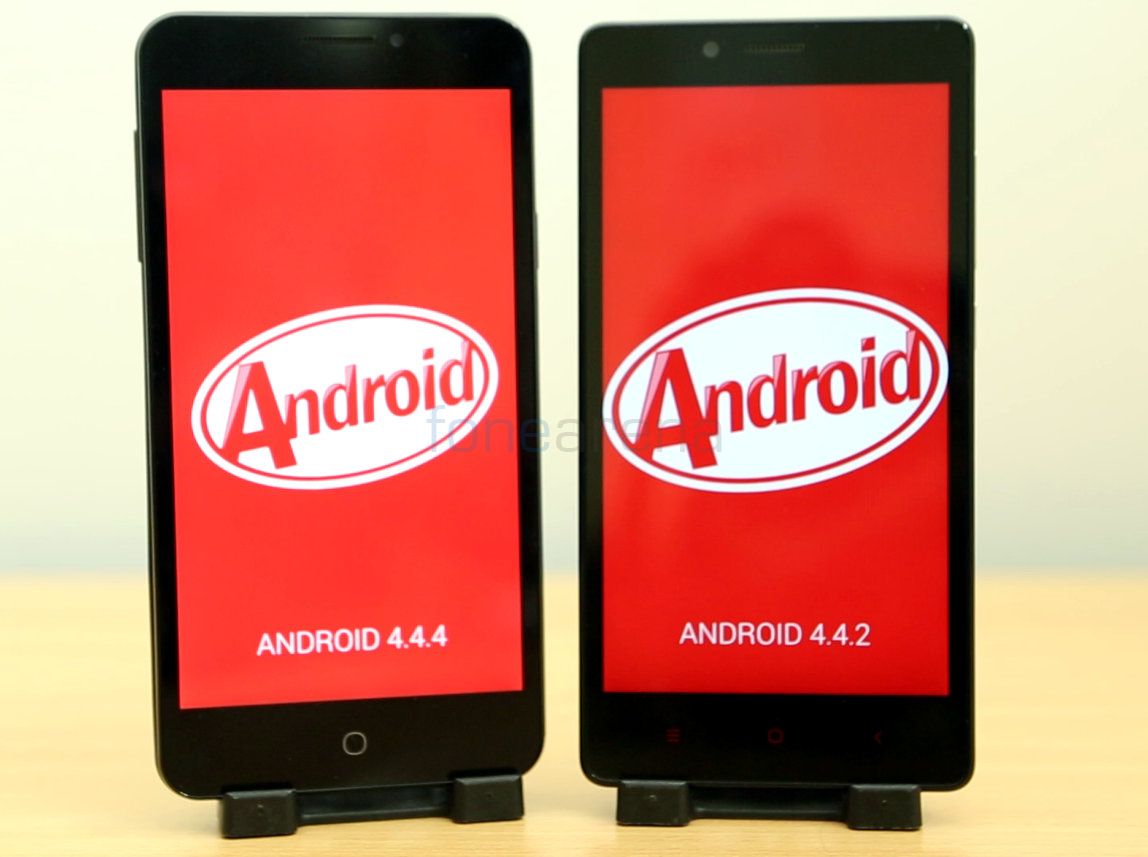
Both these run on Android KitKat. The YU YUREKA runs on highly customizable Cyanogen OS 11 based on Android 4.4.4 (KitKat) that is almost stock, while the Redmi Note 4G has MIUI v5 ROM based on Android 4.4.2 (KitKat). Xiaomi usually pushes out regular updates adding new features and fixing bugs. They also have beta version of MIUI ROM for their devices so that users could try out new features early. YU has promised to offer monthly updates for the Yureka users. Both the companies have promised to offer Lollipop updates for the smartphones, but no details about the time frame about the roll out.

Coming to the build quality, both the smartphones have good build, but the YU YUREKA’s matte back cover looks premium and doesn’t attract fingerprint, compared to Redmi Note 4G’s shiny plastic back cover that is prone to fingerprints. At 155 grams, the Yureka is considerably light than the Redmi Note 4G that weighs 185 grams. The rounded design and shiny finish makes the Redmi Note 4G slip easily from your hands.
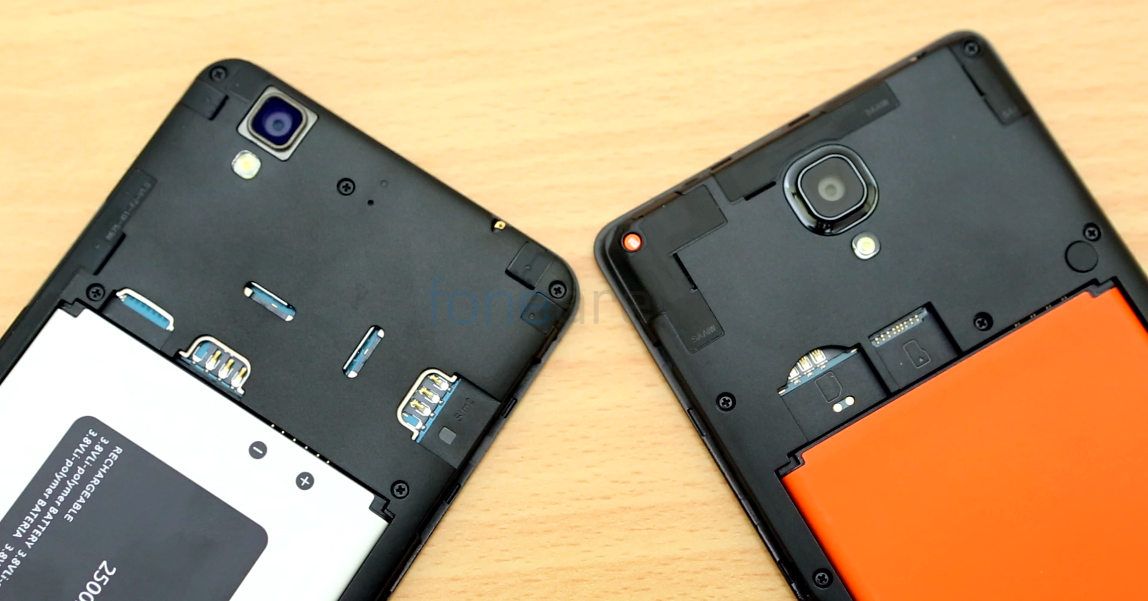
Both the smartphones support 4G with support of 4G LTE bands (TDD B40 2300MHz and FDD B3 1800MHz) for India. The Yureka has two micro SIM slots. Both these slots support 4G, but only one SIM can use 4G at a time while the other remains in 2G. The Redmi Note 4G has a single mini or normal SIM slot. Both these have Wi-Fi 802.11 b/g/n, Bluetooth 4.0 and GPS support.
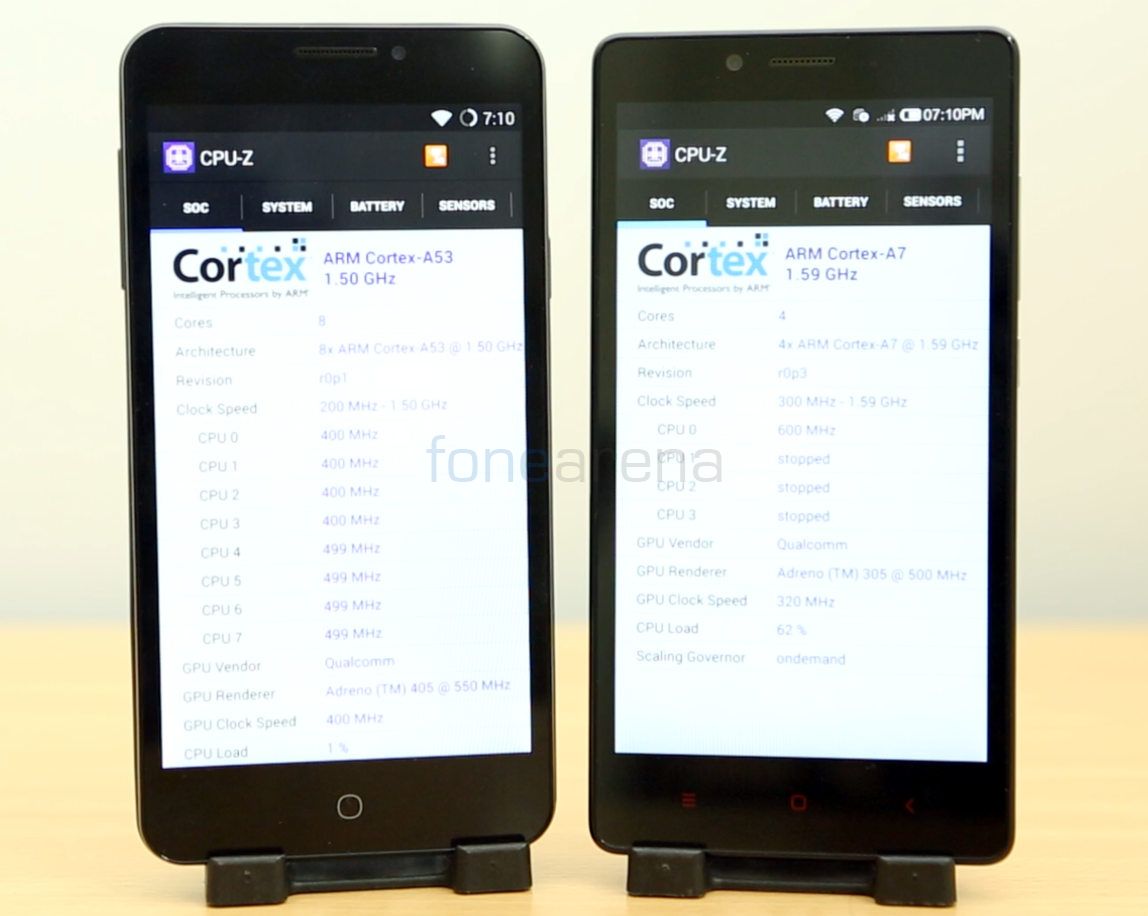
The YU YUREKA is powered by a Octa-Core 64-bit Qualcomm Snapdragon 615 (4×1.5GHz ARM Cortex A53 + 4×1.0GHz ARM Cortex A53) processor with Adreno 405 GPU. The Xiaomi Redmi Note is powered by a Quad-Core Snapdragon 400 processor (MSM8226) which has four ARM Cortex-A7 cores clocked at 1.59 GHz per core and comes with Adreno 305. Both these smartphone have 2GB of RAM. Of course the Octa-Core 64-bit Snapdragon 615 is way better that the Snapdragon 400 SoC in the Xiaomi Redmi Note 4G in terms of performance since the eight ARM Cortex A53 SoCs are powerful compared to four ARM Cortex A7 chips, but the Snapdragon 615 chip in Yureka gets heated quickly on gaming and 3G/4G usage compared to Snapdragon 410 on the Redmi Note 4G. Gaming is also better in Yureka since the Adreno 405 GPU is more powerful compared to Adreno 305 GPU.
Even though both the smartphones have 2GB of RAM, the Yureka has 1912MB of usable RAM, out of which 1.3GB of RAM is free when the phone is idle. In the Redmi Note 4G 1872MB of RAM is usable, out of which about 1.27GB of RAM is free when it is idle. Regarding the internal storage, the Yureka has 16GB of internal storage, out of which 12.80GB of storage is available. The Redmi Note 4G comes with 8GB of internal storage, out of which 6.1GB is available. Both the smartphones have option to move compatible apps from the internal storage to the SD card and have USB OTG support.

Coming to battery life, the 2500mAh battery in Yureka lasted for 8 hours and 8 minutes in our battery test, compared to Redmi Note 4G’s 3100mAh battery that lasted for 9 hours and 16 minutes. The Redmi Note 4G lasted for just 5 hours and 52 minutes in our video playback test, compared to 9 hours and 5 minutes in Yureka. The Redmi Note 4G performs better in other battery tests, hence the overall result is better than the Yureka. Check out couple of battery test comparison charts below.
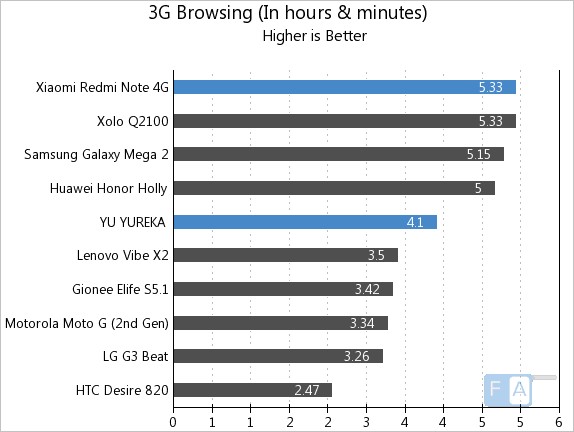
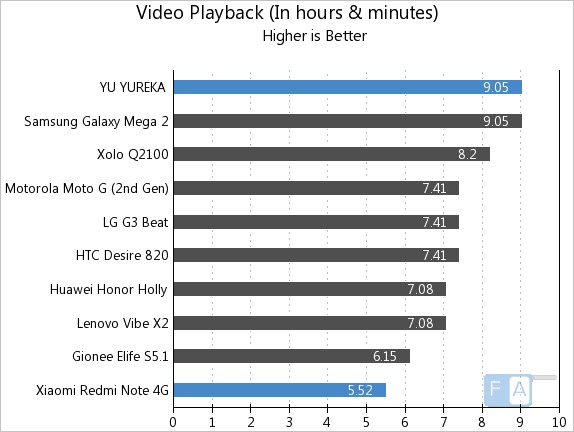
In the end, the YU YUREKA is better in several aspects compared to the Redmi Note 4G and is also slightly cheaper. It is definitely a good value for money smartphone. The major problem is the availability of both the smartphones. Only 10,000 smartphone went on sale today, January 13th, but the company has promised to increase the units in upcoming sales. Compared to Yureka, more number of units of Redmi Note 4G units are available. Xiaomi sold 40,000 units of Redmi Note 4G in the first sale and 50,000 units in the second sale. The Redmi Note 4G is also available from Airtel showrooms in six cities across India.
Concluding, the advantages of the YU Yureka are camera, performance and dual SIM support with 4G connectivity on both. Advantages of the Redmi Note 4G over the YU YUREKA include slightly better battery life, better availability and no heating issues.
Bharadwaj also contributed to this report. Images by Siraj

